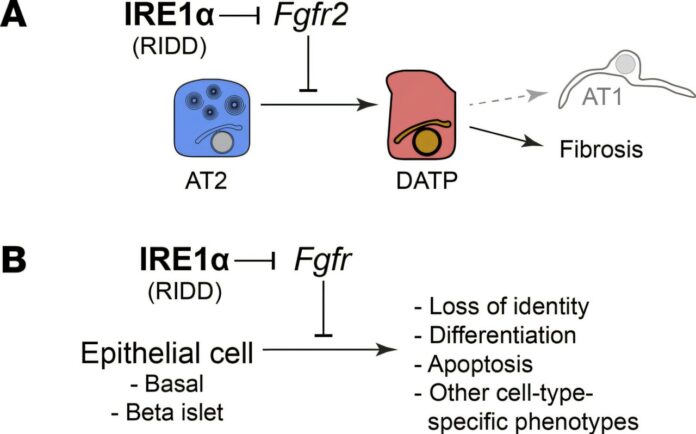A new study from Karolinska Institutet maps the cellular and molecular dynamics of human wound healing in exceptional detail. The study was published in Cell Stem Cell.
Self-healing of wounds is vital, but little is known about how cells cooperate during this process. To better understand this, researchers studied skin and wounds from the same individuals at different phases of healing: inflammation, proliferation, and remodeling.
They used advanced single-cell RNA sequencing and spatial transcriptomics techniques to track how cells and molecules change over time.
“We have discovered that an important protein, FOSL1, helps skin cells to move and cover wounds during the healing process. We have also seen that certain other cells, such as macrophages and fibroblasts, help these skin cells to move and repair the damage,” says Zhuang Liu, postdoctoral researcher at the Department of Medicine, Solna, KI.
“When we compared wounds from people with chronic diseases, such as venous ulcers and diabetic foot ulcers, we found that problems with cell movement can make healing more difficult,” Zhuang continues.
This breakthrough sheds light on why some wounds fail to heal effectively. Through a detailed comparison between chronic and acute wounds, the researchers uncovered impaired inflammatory responses and cellular migration capability, suggesting targeted approaches to overcome these healing barriers.
“Our findings also underscore the unique characteristics of human skin wound healing, which differ significantly from animal models. This is critical for bridging the gap between fundamental research and clinical innovation,” explains Ning Xu Landén, associate professor in the same department.
More information:
Zhuang Liu et al, Spatiotemporal single-cell roadmap of human skin wound healing, Cell Stem Cell (2024). DOI: 10.1016/j.stem.2024.11.013
Karolinska Institutet
Citation:
Detailed study reveals how cells coordinate to heal human wounds (2024, December 27)
retrieved 27 December 2024
from https://medicalxpress.com/news/2024-12-reveals-cells-human-wounds.html
This document is subject to copyright. Apart from any fair dealing for the purpose of private study or research, no
part may be reproduced without the written permission. The content is provided for information purposes only.


